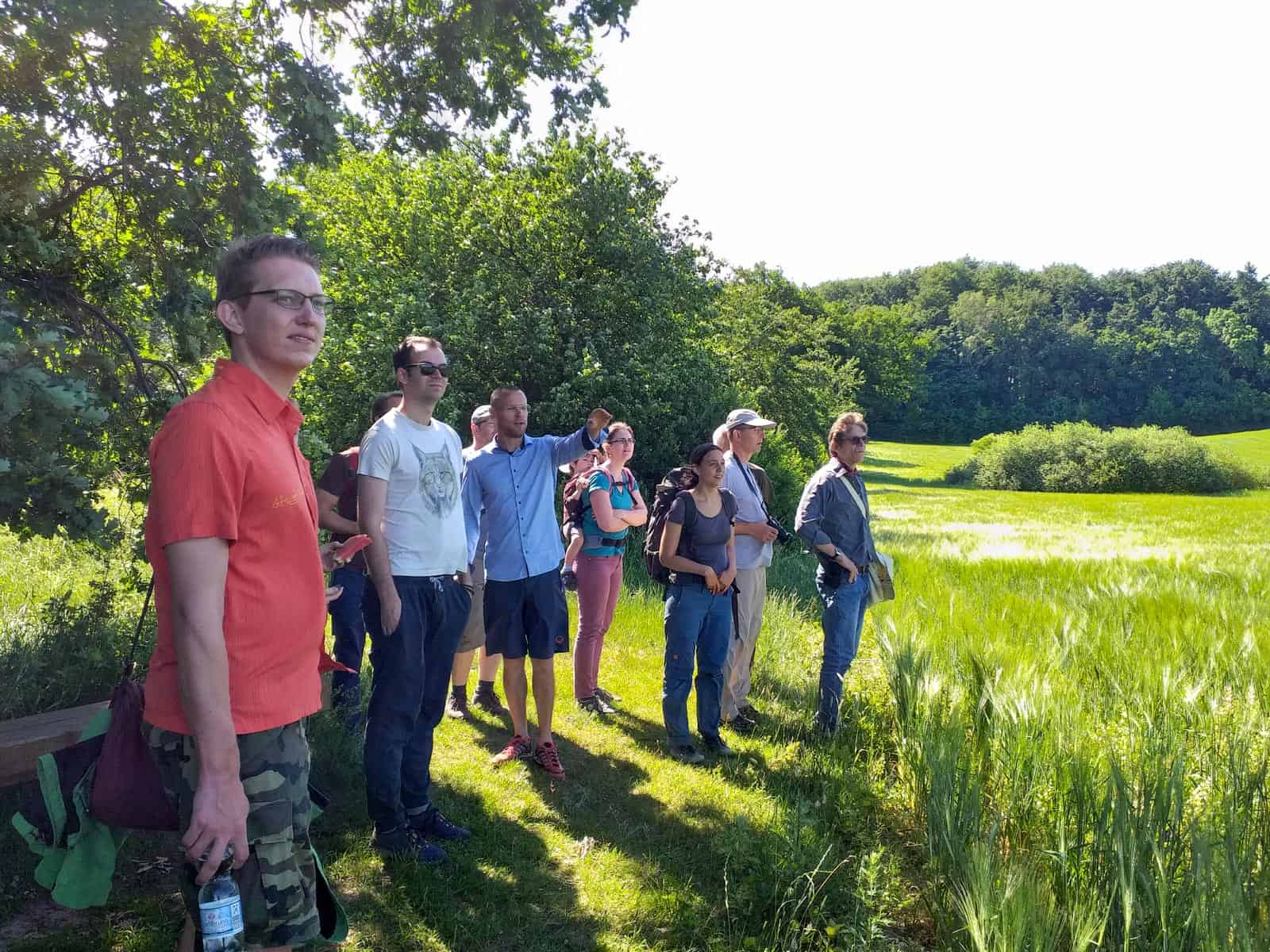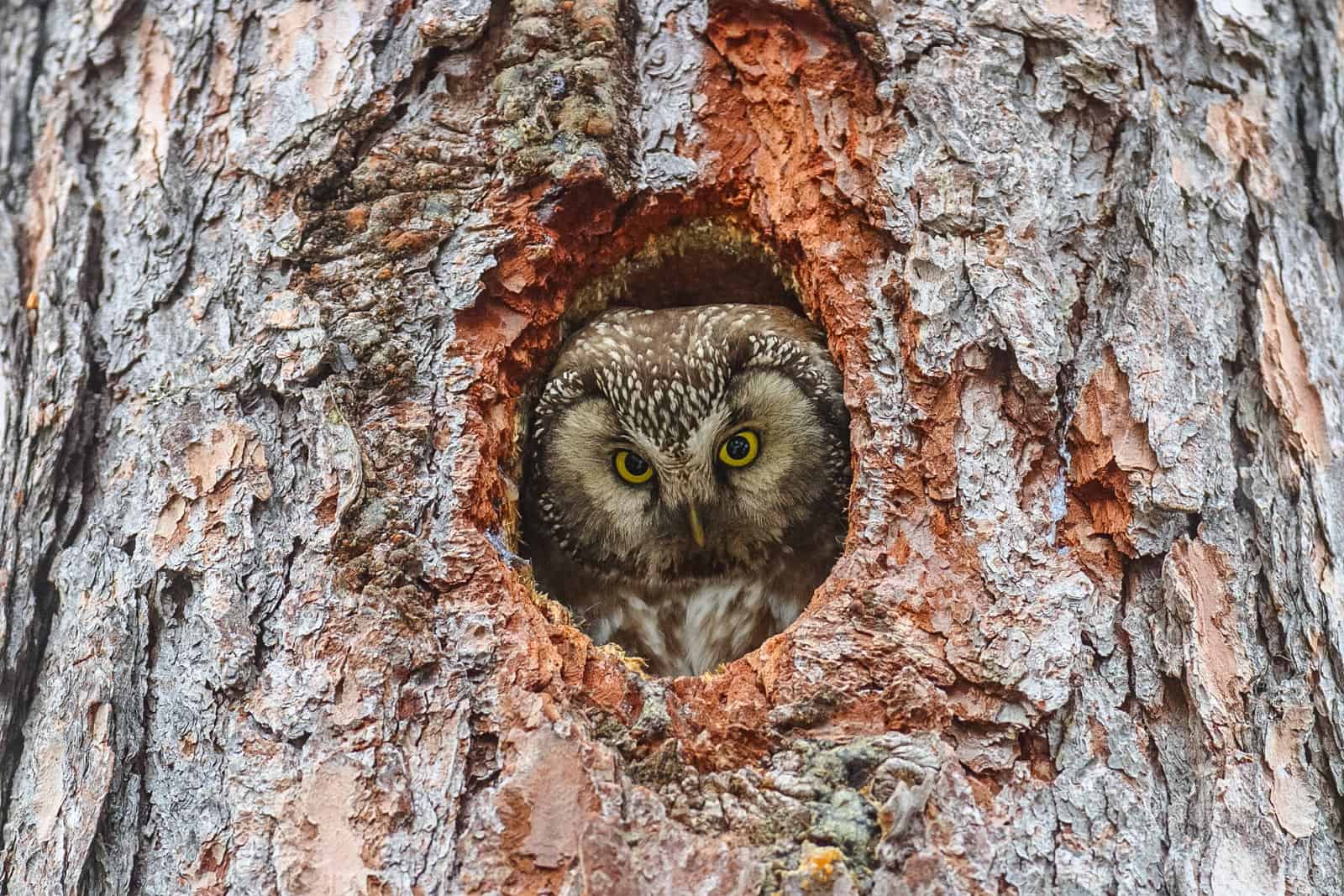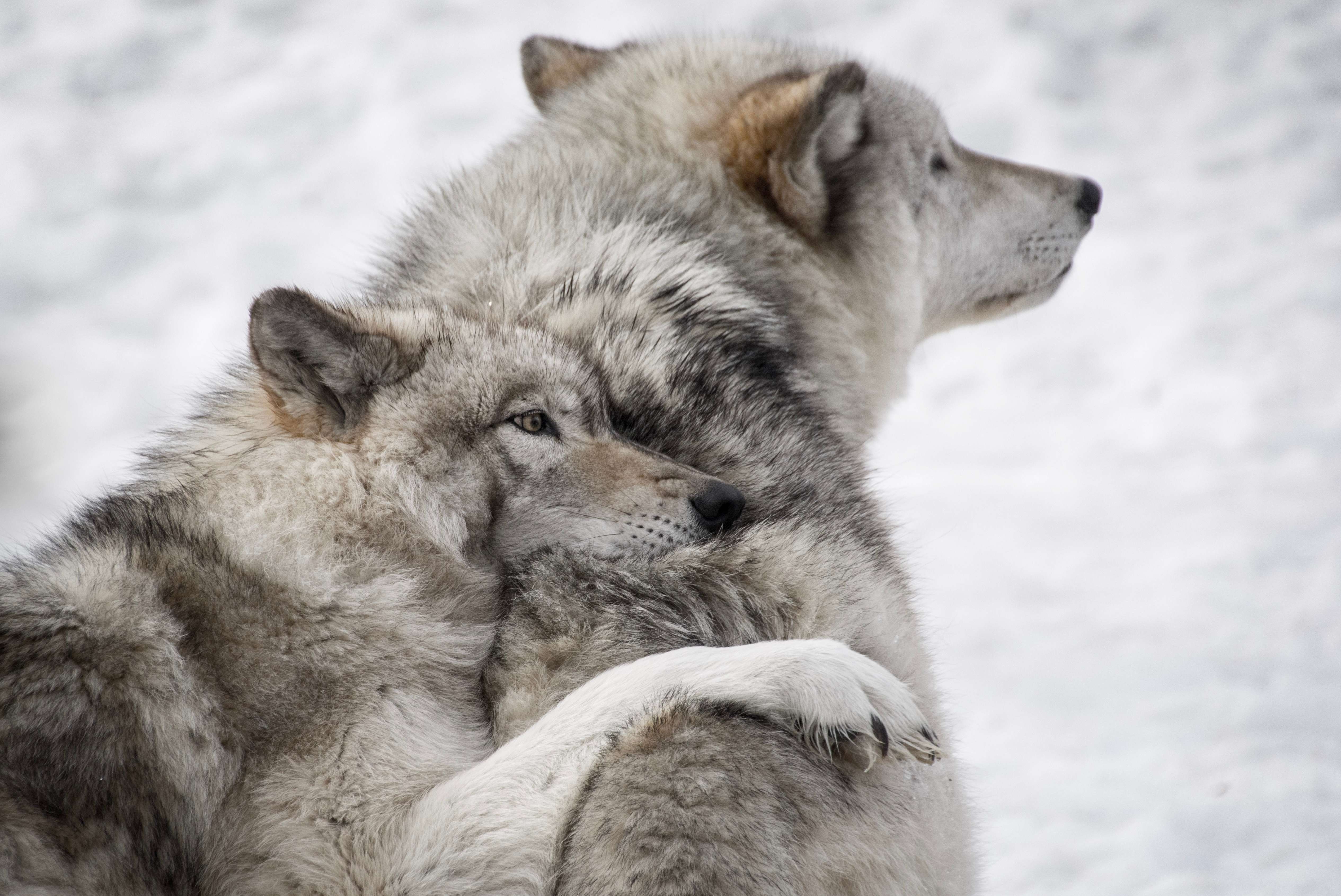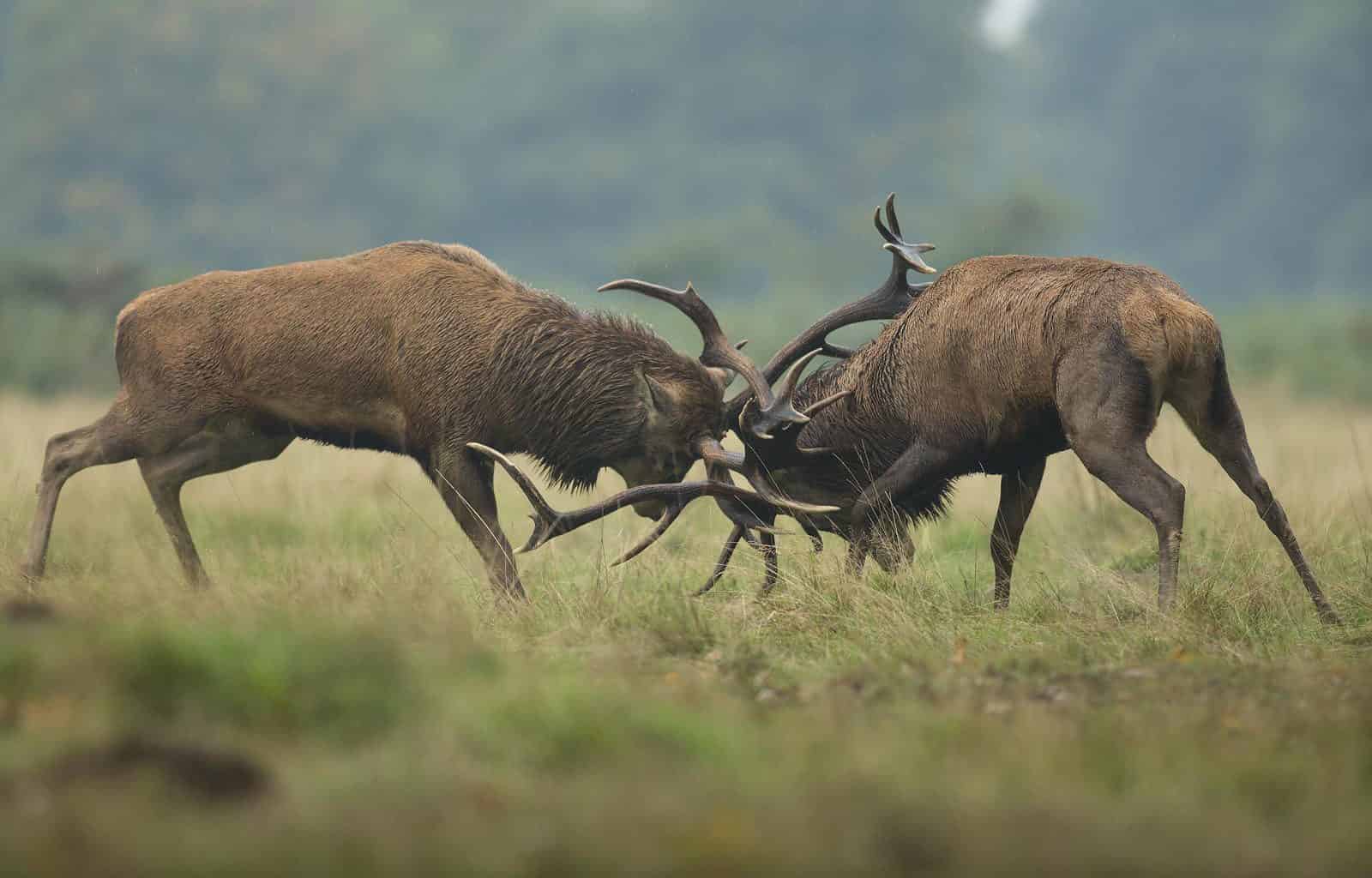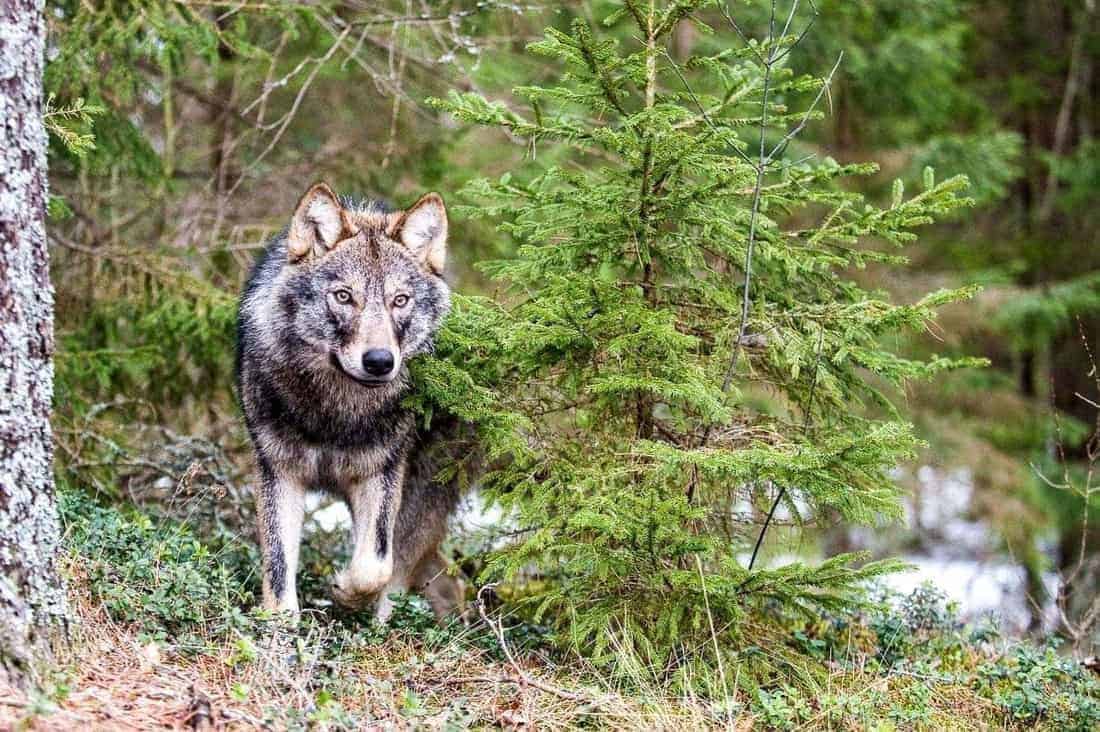World Rewilding Day: Rewild to Supercharge Climate Mitigation
On March 20, people across the planet celebrate World Rewilding Day. It was launched in 2021 by the Global Rewilding Alliance (GRA). World Rewilding Day raises awareness of rewilding and the need for the recovery of nature, inspiring people and organisations around the globe to support and participate in practical rewilding.
What is Rewilding
Wild places on land and in the sea provide essential habitats for all the living creatures on Earth and produce vital services upon which we depend. Moreover, they are crucial for the solution of the climate crisis because of their ability to capture and store billions of tons of carbon.
Rewilding means helping nature heal itself. It’s about enabling natural processes to repair damaged ecosystems, restore degraded landscapes and create more biodiverse habitats. It is about conserving the remaining intact natural places on Earth and at the same time recovering life in the adjacent areas. It requires a long-term view and natural solutions to environmental, social and economic challenges. Thus we benefit not only the natural places but everyone who lives within them, especially humans.
Why to Rewild
1. Rewild to stabilize the climate: Reforesting and restoring natural carbon sinks such as forests, wetlands, peatlands and oceans increases capabilities of storing carbon in plants and soil and mitigates catastrophic natural disasters. Furthermore, healthy wildlife populations can increase Earth’s ability to store carbon by up to 12.5 times and thus remove over one-third of the excess carbon from our atmosphere.
2. Rewild to halt extinction: There are five well-known mass extinction events throughout Earth’s history. Scientists believe that now we are entering the sixth and it is hundreds of times faster due to human activity. So reports show that at least 1 million plant and animal species face extinction within decades. Restoring biodiversity is crucial for sustaining life on earth and can be achieved through rewilding.
3. Rewild to invest in business: Sustainable and ethical businesses depend on nature to provide healthy products benefiting their consumers, involved communities and the planet itself. Thus the rising level of consumer consciousness proves that rewilding isn’t just better for the planet, it’s better for business. It provides the stability and wealth needed for a healthy marketplace.
4. Rewild for people: People depend on nature and species for their food, water, medicine and economic opportunities. Rewilding helps secure food and water for every table across the globe. Moreover, nature regeneration improves economic stability for rural communities and gives new life to areas and people.
5. Rewild to return the favour: Society’s most important relationship is with nature. Thus many countries use different species as their national symbols. Unfortunately, a lot of those species are threatened. Nature has supported, nurtured and inspired humans for our entire history. It’s time to return the favour.
Animating the Carbon Cycle
The second World Rewilding Day calls for the restoration of wildlife populations to address climate change and keep global warming to an absolute minimum. Most of the efforts nowadays are focused on eliminating carbon dioxide emissions. Yet these efforts are still not enough in order to reach the 1.5°C target. There is already too much CO2 in the atmosphere. Unfortunately, the taken measures overlook the critical role that biodiversity – and animal species in particular – plays in controlling carbon uptake and storage in ecosystems. Indeed, studies show that restoring wildlife populations has the potential to “supercharge climate mitigation”. This science is called “Animating the Carbon Cycle” (ACC).
Animating the Carbon Cycle accounts for the role wild animals play in controlling carbon exchange between ecosystems and the atmosphere through foraging, redistributing seeds and nutrients, trampling and compacting soils and sediments. These activities enhance the carbon density of plant communities on land and in the sea, prevent massive CO2 releasing wildfires, protect against permafrost thawing and enhance soil and sediment carbon retention through influence on microbial processes and chemical reactions. Thus, animating the carbon cycle through rewilding helps us get large amounts of carbon out of the atmosphere. Together with other measures such as switching to renewables, this gives us chance to win, while each approach by itself is insufficient.


